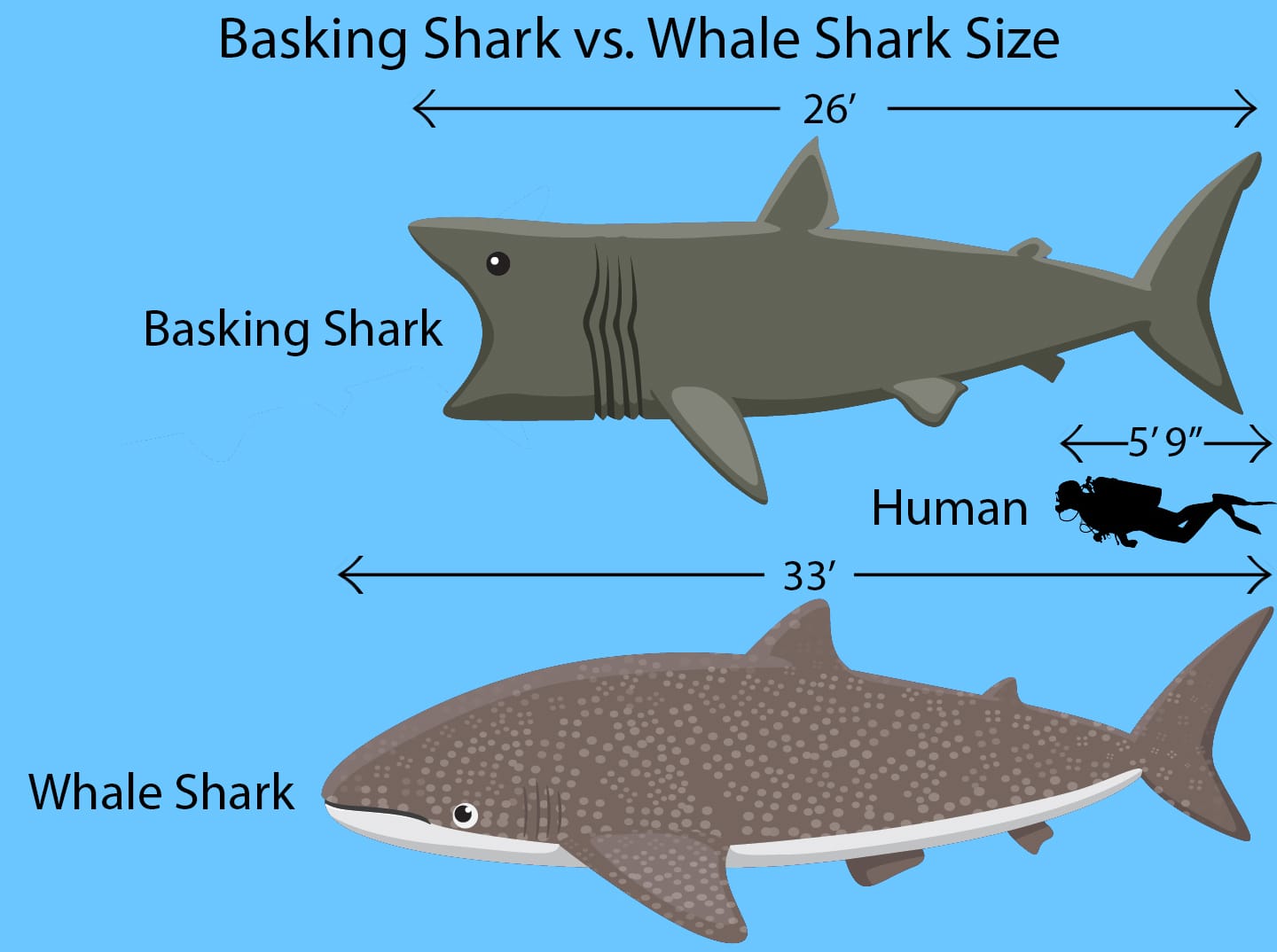Imagine taking a journey to the mysterious depths of the Indian Ocean, where an enigmatic creature lurks—the captivating bigeye houndshark (_Iago omanensis_). These elusive animals have puzzled scientists, leaving many questions about their hidden world. Join us as we plunge into the fascinating realm of the bigeye houndshark, examining their unique adaptations, diet, behavior, and the challenges they encounter. Let’s uncover the secrets of this captivating species and gain a glimpse into their intriguing underwater domain.
Bigeye Houndshark: Unveiling a Deep-Sea Mystery
The ocean depths are teeming with creatures that pique our curiosity, and among them is the bigeye houndshark. This small shark, with its characteristically large, round eyes, is aptly named for its ability to navigate the dimly lit world it calls home. Inhabiting the depths of the western Indian Ocean, the bigeye houndshark reminds us how much there’s still to discover beneath the waves.
Bigeye houndsharks belong to the Triakidae family, a diverse group commonly known as houndsharks. Unlike some of their larger relatives, these sharks are relatively small. Females grow to be about four feet long, while males are even smaller, averaging around three feet in length. Their sleek, streamlined bodies, adorned in shades of grey and brown, provide excellent camouflage, allowing them to blend seamlessly into the ocean depths.
What truly sets these sharks apart is their preference for the deep sea. Bigeye houndsharks are typically found on continental slopes and shelves, inhabiting depths ranging from 360 to 7,218 feet (110 to 2,200 meters). In this world of perpetual twilight, sunlight barely penetrates, and these sharks rely on their heightened senses, particularly their large eyes, to navigate and hunt.
Diet and Hunting Strategies: Masters of the Deep
Bigeye houndsharks are skilled predators, playing a crucial role in the delicate balance of the deep-sea ecosystem. Their diet primarily consists of bony fish and cephalopods, including squid and octopus. These agile hunters likely use a combination of their keen eyesight and other sensory organs to locate prey in the darkness.
Reproduction: A Glimpse into a Hidden World
Unlike some shark species that lay eggs, bigeye houndsharks are viviparous, meaning they give birth to live young. This reproductive strategy suggests a level of parental care that is always intriguing to observe in the animal kingdom. However, the specifics of their reproductive habits, including mating behaviors and pupping grounds, remain largely a mystery, hidden in the depths they inhabit.
Conservation: Protecting the Unknown
Unfortunately, like many deep-sea creatures, the conservation status of the bigeye houndshark remains uncertain. The deep sea is a challenging environment to study, making it difficult to obtain accurate population data. Scientists believe that threats such as pollution, habitat destruction, and climate change could be impacting their populations.
The bigeye houndshark, with its captivating gaze and mysterious life, reminds us that the ocean is full of wonders waiting to be understood. As we continue to explore the deep sea, we must do so responsibly, striving to protect the delicate balance of this unique and vital ecosystem.
Are bigeye hound sharks aggressive?
While the thought of sharks often evokes a sense of caution, the bigeye houndshark’s small size and deep-water habitat make them highly unlikely to pose any threat to humans. There are no recorded instances of bigeye houndsharks attacking people, and their preference for small fish and cephalopods suggests a non-aggressive nature, at least towards larger animals.
Fascinating Facts About the Bigeye Houndshark:
Those Eyes Though!
Their large eyes are a crucial adaptation to their deep-sea environment, allowing them to see in conditions with very little light.
Family Matters
Bigeye houndsharks give birth to live young, typically having litters of 2 to 10 pups. This live-birth strategy, known as viviparity, gives their offspring a better chance of survival in the challenging deep-sea environment.
Built-in Temperature Control
These sharks have the remarkable ability to regulate their own body temperature, known as thermoregulation. This adaptation allows them to remain active and hunt effectively even in the cold depths of the ocean.
Guardians of the Deep
As apex predators in their deep-sea habitat, bigeye houndsharks play a vital role in maintaining a balanced ecosystem. They help control populations of other animals and also act as scavengers, consuming dead marine animals and contributing to nutrient recycling on the ocean floor.
More Than Meets the Eye
While small in size, bigeye houndsharks are an important part of the deep-sea food web, serving as prey for larger predators such as other sharks and marine mammals.
The Mystery Continues
Much about the bigeye houndshark remains unknown, including their population size, distribution, and the full extent of human impact on their survival.
Protecting What We Don’t Fully Know
Ongoing research and conservation efforts are crucial to better understand and protect these fascinating creatures and their deep-sea habitat.
Does the bigeye houndshark have teeth?
Despite their small size, bigeye houndsharks possess rows of small, razor-sharp teeth perfectly adapted for catching and consuming their soft-bodied prey. These teeth are essential for grasping slippery fish and slicing through the flesh of squid and octopus.
Their teeth are just one example of the remarkable adaptations that allow bigeye houndsharks to thrive in the challenging deep-sea environment. From their large eyes for navigating in dim light to their spiracles, specialized breathing holes that allow them to rest on the ocean floor without suffocating, these sharks are a testament to the incredible diversity and resilience of life in the ocean depths.
Let’s recap what we’ve learned about these fascinating creatures:
- Don’t judge a book by its cover: Despite their small size, bigeye houndsharks sport sharp, blade-like teeth perfectly suited to their deep-sea diet.
- Seafood lovers: Bony fish and cephalopods are the main course on a bigeye houndshark’s menu.
- Masters of adaptation: From their teeth to their eyes to their specialized breathing mechanisms, these sharks exemplify the remarkable ways creatures can adapt to even the harshest environments.
Blesbucks, along with borzoïs, are other examples of animals you may have never heard of before. Their unique adaptations and lifestyles continue to amaze and inspire further exploration of our planet’s biodiversity.
- SYBAU See You Baby Meaning: Gen Z Slang Evolves - July 1, 2025
- Unlock Your Inner Youth: Lifestyle Secrets for a Vibrant Life - July 1, 2025
- Decode SYBAU Meaning: Gen Z Slang Explained - July 1, 2025






